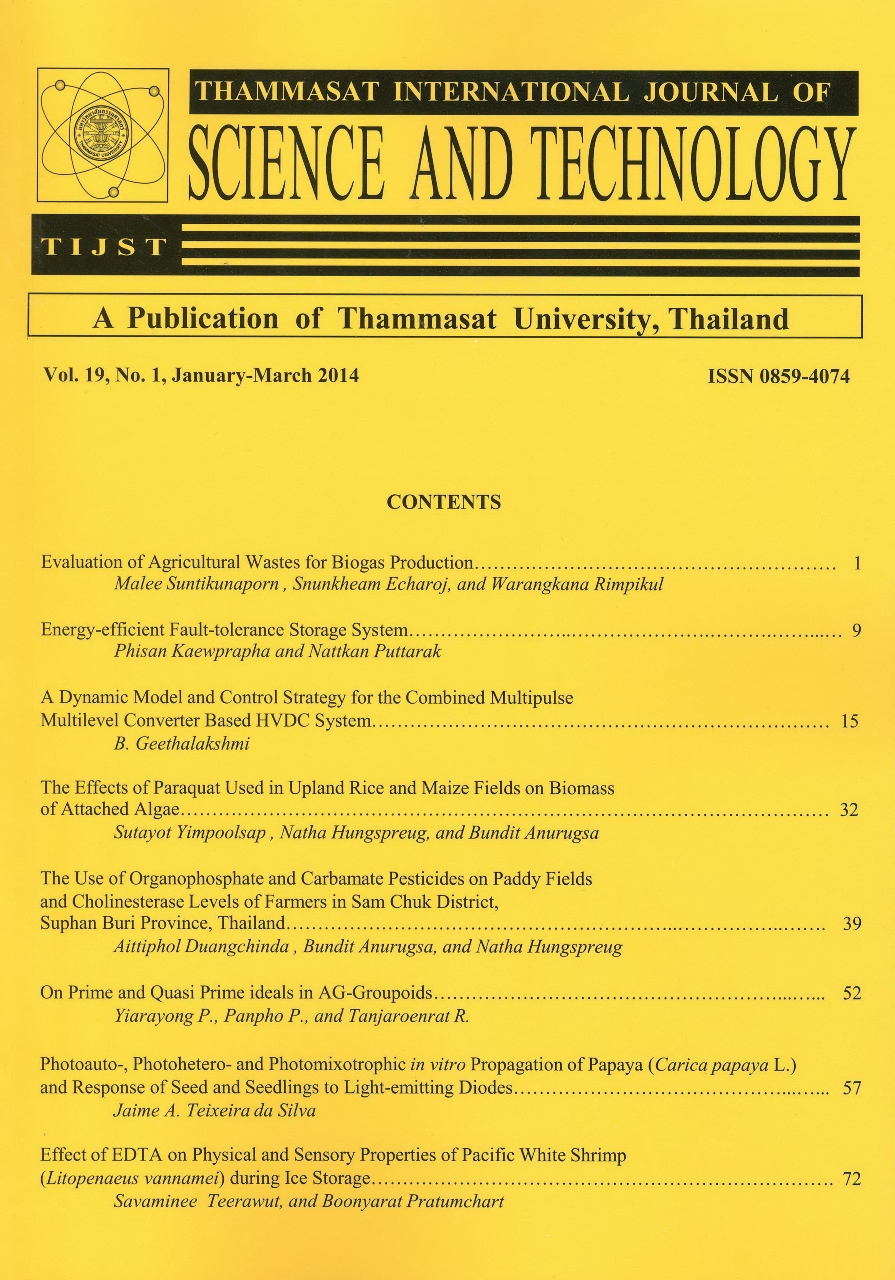Socio-Economic Benefits of CO2 Mitigation Pathways to NAMAs in Thai Residential Sector
Main Article Content
Abstract
As part of an international effort to stabilize the global temperature, the concept of Nationally Appropriate Mitigation Actions (NAMAs) was generated and materialized to serve as a platform for developing countries to take part and show their commitments in greenhouse gases (GHGs) reduction. This study explores socio-economic benefits of two pathways in which NAMAs can be realized in Thailand’s residential sector. Scenarios in the first pathway, called NAMA, are subjected only to CO2 emission constraints, and in the second pathway, called NAMAe, are subjected to both CO2 emission and energy demand constraints. In each pathway, there are three scenarios with low (L), median (M) and high (H) CO2 reduction targets. The AIM/Enduse, which is a cost optimization model, is chosen to carry out the analyses of CO2 mitigation, energy demand and average abatement cost (AAC), which are the economic benefits. The social benefits of each scenario are judged using a mathematical expression to predict the future Human Development Index (HDI) score that would result from the mitigation in each scenario. Results show that more efficient technologies are adopted in the NAMAe scenarios causing their energy demands to be lower than the NAMA scenarios by about 1%; however, there is no difference in the amount of CO2 reduction between the two pathways. The NAMAe-M scenario shows the highest amount of energy demand reduction of 10.4% in 2020 when compared to the BAU scenario. Among the energy efficient scenarios, NAMAe-L is predicted to result in the highest HDI scores of 0.687 in 2020.
Article Details
How to Cite
Kongwanarat, N., & Limmeechokchai, B. (2016). Socio-Economic Benefits of CO2 Mitigation Pathways to NAMAs in Thai Residential Sector. Science & Technology Asia, 21(2), 69–79. retrieved from https://ph02.tci-thaijo.org/index.php/SciTechAsia/article/view/59024
Section
Engineering

